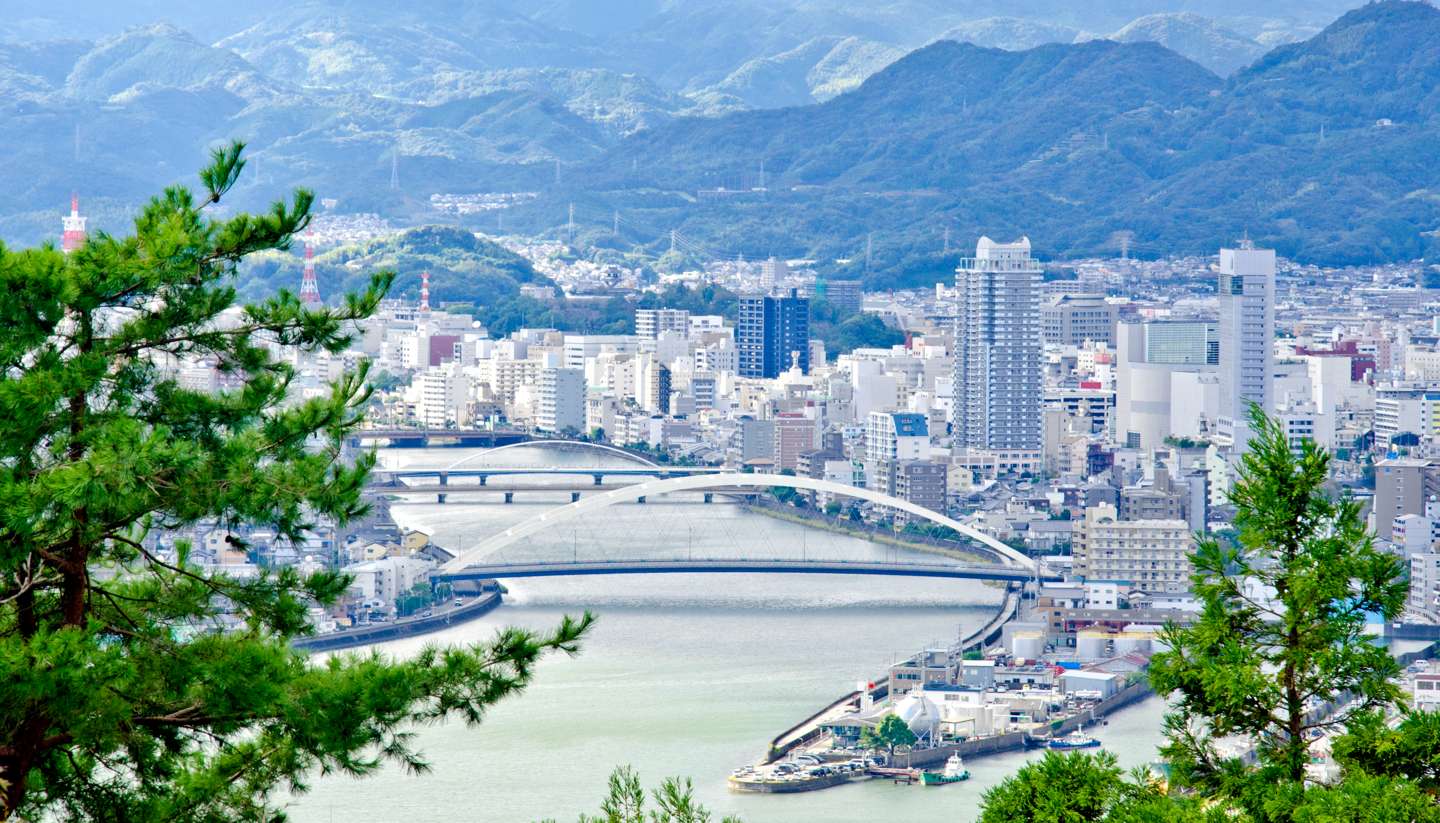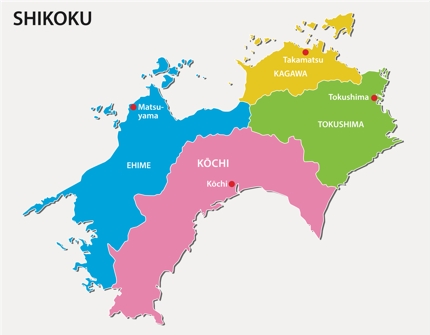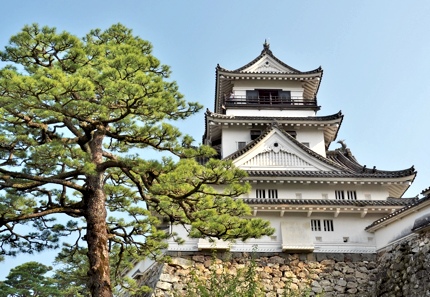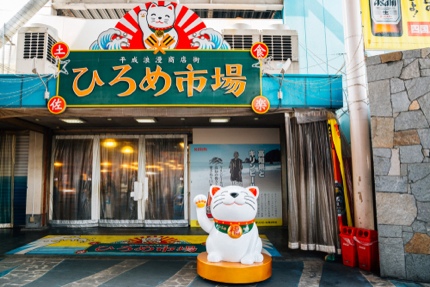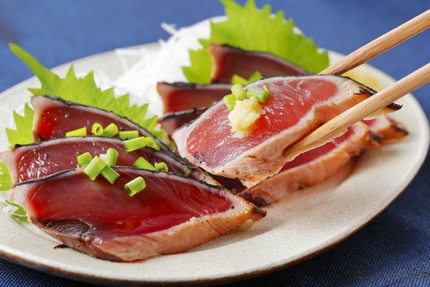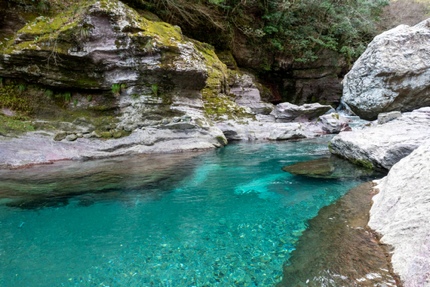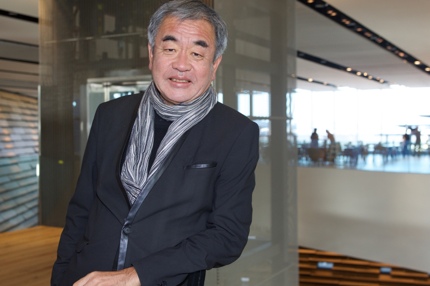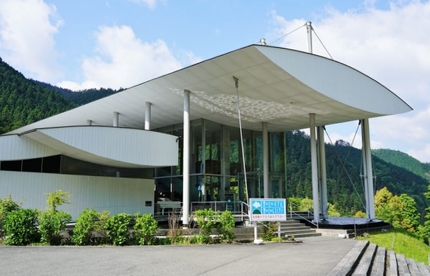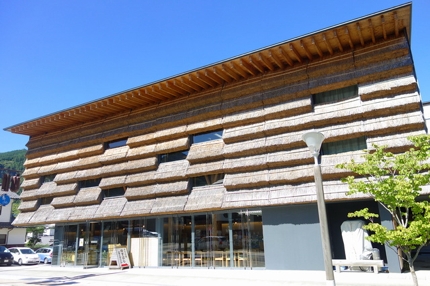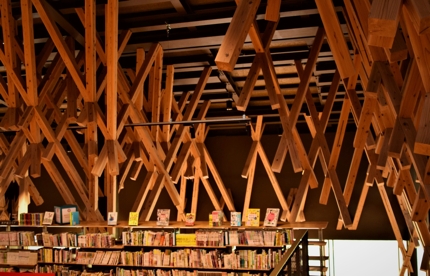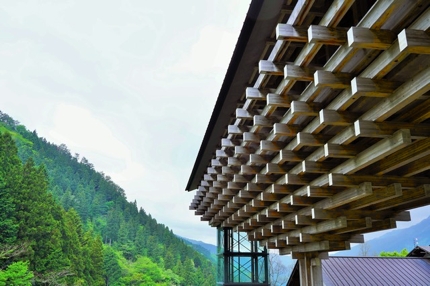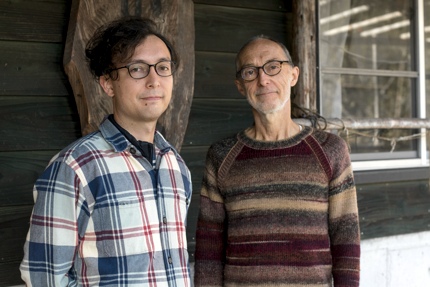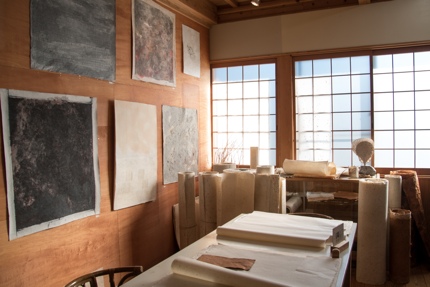In this quick guide, we are exploring Kochi Prefecture, along with its cultural and natural wonders
Where is Kochi Prefecture?
Kochi is one of the four prefectures on the island of Shikoku and geographically, it drapes along the crescent of Tosa Bay in the south, facing the Pacific Ocean. The capital and the largest city in the prefecture is also called Kochi.
Getting to Kochi
The best way to reach Kochi is to take the Tokaido-Sanyo Shinkansen from Tokyo to Okayama Station in western Honshu. From there, switch to the JR Nanpu express train for Kochi. The entire journey should take about six hours.
There are also overnight buses that operate between Tokyo and Kochi. The journey is about 11 hours.
The fastest way, of course, is to fly into Kōchi Ryōma Airport from Tokyo, Osaka, Nagoya or Fukuoka. Driving from major cities across Honshu is also a viable option.
Kochi the capital city
The city of Kochi is an ideal launchpad for many excursions, and at the top of the list is probably the 17-century Kōchi-jō or Kochi Castle. The Castle complex has about 15 buildings – including the Kochi Castle Museum of History, the Kochi Literary Museum and the Prefectural Archery Hall – you can spend hours wandering around and still find more stuff to see around the corner.
If the visit has worked up an appetite, head to Hirome Market a short distance away for a serving of the local speciality – katsuo no tataki (seared bonito or skipjack tuna). The fish, caught fresh from the sea around Kochi, is delivered straight to restaurant kitchens and, in this case, several food stalls in Hirome Market. The cooking method is intentionally simple; the chef grills the fish over a small open fire burnt with dried straw, charring the outside of the fish but leaving the inside raw and juicy. This dish is a celebration of freshness and it is absolutely delicious.
Nakatsu Gorge
Just 50km (31mi) from Kochi is the stunning Nakatsu Gorge, carved by the crystal clear Niyodo River that runs from Mount Ishizuchi to the Pacific Ocean. Years ago, while taking images along the river, a photographer named Nobuyuki Takahashi was so captivated by the shimmering water that he coined the term ‘Niyodo Blue’ to describe the vivid colour he saw. Today, visitors have the opportunity to walk along part of the river in Nakatsu Gorge and witness the spectacular shades of blue themselves.
Yusuhara
The mountainous town of Yusuhara may be small and remote – it’s about a one-and-a-half-hour drive from Kochi – but it packs a sizeable cultural punch, thanks to work by the internationally acclaimed architect Kengo Kuma. Kengo is renowned for many decidedly modern buildings featuring natural materials and clean, strong lines. His most famous masterpiece is undoubtedly the National Stadium for the 2020 Olympics in Tokyo, but his work in Yusuhara is also well documented by international media.
In this tiny town, Kengo has built a few strikingly beautiful buildings, among them are the Kumo-no Ue-no Hotel, the Machi-no Eki Yusuhara (a community market cum a 15-room hotel), the Kumo-no Ue Library, and the Kumo-no Ue-no Gallery (an impressive wooden bridge art gallery).
Kumo-no Ue-no Hotel is Kengo’s first hotel. Built in 1994, this compact hotel’s name means ‘Above the Cloud’ – as Yusuhara is nicknamed the ‘Village Above the Cloud’ due to its elevation and its gorgeous setting. Drawing inspiration from the surrounding, the building’s most distinctive feature is a surfboard-shaped roof that is meant to mirror a cloud.
In 2010, Kengo returned to Yusuhara for the Machi-no Eki Yusuhara project, which was to build a community market with a 15-room hotel attached. Here, Kengo used thatch on one side of the building, with big brunches of them fixed horizontally against the foundation, very different to how thatch is being used in buildings elsewhere. Inside, elegant cedar pillars prop up towards the high ceiling, with smaller branches extending outward. These pillars resemble living trees and they aim to evoke a sheltered forest walk experience as visitors go around them.
The three-level Kumo-no Ue Library, built in 2018, also plays on the concept of people and nature coexisting harmoniously. Covering almost every surface, wood is the theme here – the first thing that catches your eye may be the exposed timbers that form the roof support structure using creative joinery. Then subconsciously, you will follow the gleaming wooden floors to the neat wooden shelves stocked with books, which are made from paper, the fibres of trees in their former life. The extensive use of wood may make you chuckle, but once the calming effects of wood take over, you just want to borrow a good book and retrieve to a comfortable corner.
Arguably though, Kengo’s most impressive work in Yusuhara is the exceptional Kumo-no Ue-no Gallery, aka the Wooden Bridge Gallery. Ultra-modern and unbelievably clever, this gallery is supported by a single pillar and suspended several meters high. From the central pillar, a layer of wood is stacked perpendicularly and built upon, with each additional layer gets bigger than the layer below… until they become a skybridge connecting two facilities on either side.
Cultural experience
In the picturesque Yusuhara, you can also sign up for a Japanese paper (washi) workshop at Washi Studio Kamikoya. In recent years, this studio has become an unlikely but popular tourist destination, with guests from across the world making the journey here to study the art of traditional washi making, under the watchful guidance of Master Rogier Uitenboogaart and his son and protege Yohei. Originally from the Netherlands, Rogier moved to Japan about four decades ago to learn about the craft and never left.
In addition to teaching students, Rogier also produces washi paper interior fittings like shoji (sliding doors), wallpapers and light shades for several buildings, including the buildings of Kengo Kuma.
Before you go, check out the latest COVID travel advice for Japan on the COVID advisory report by JNTO and also the JapanSafeTravel Twitter account.
